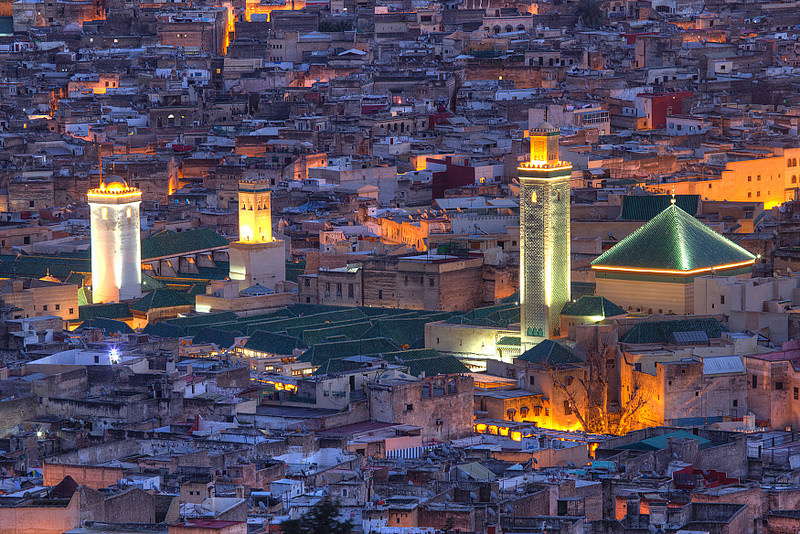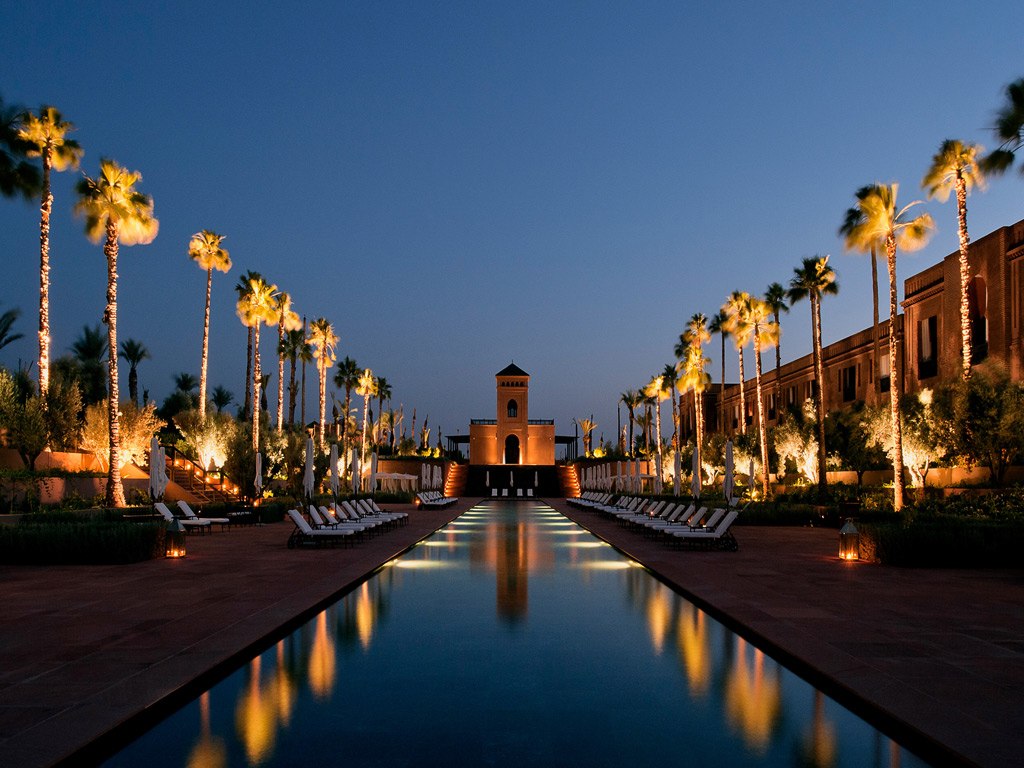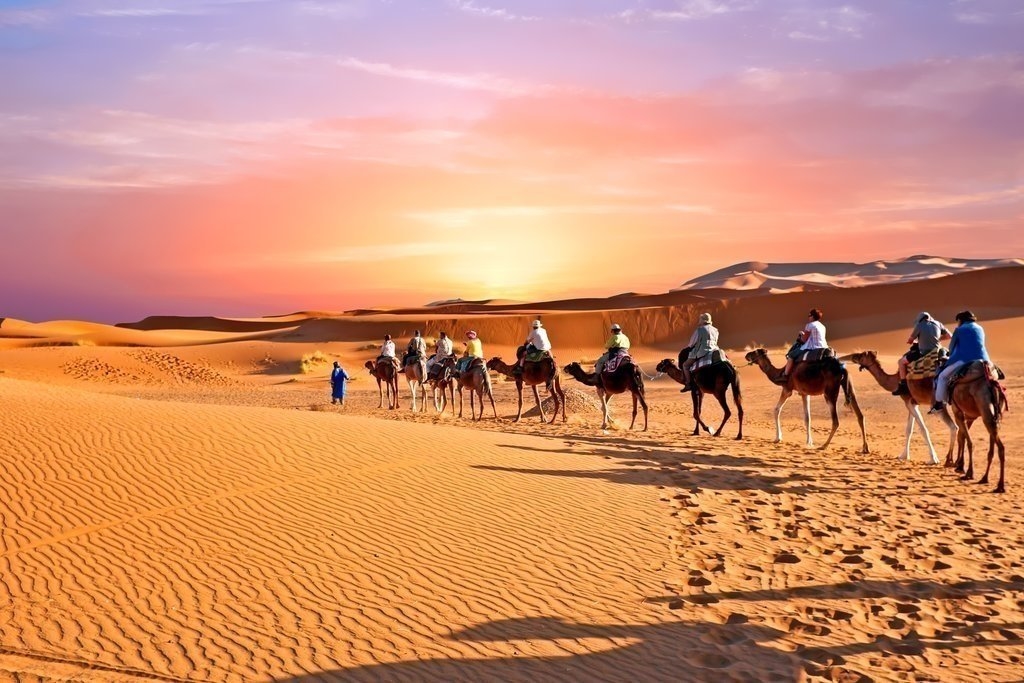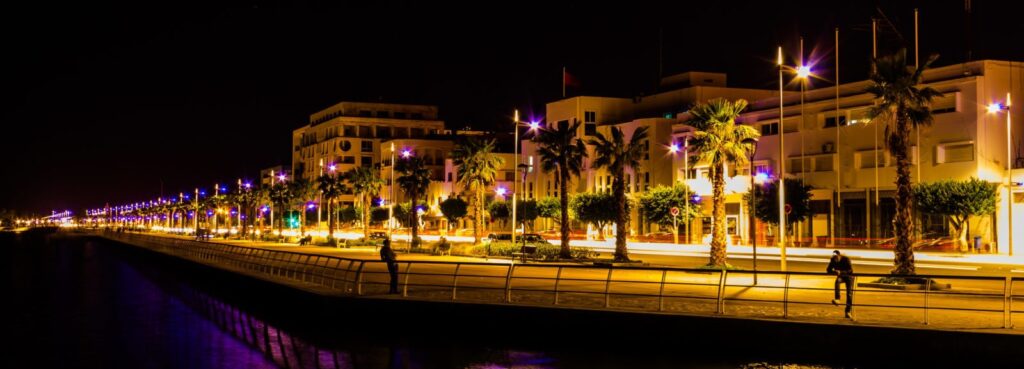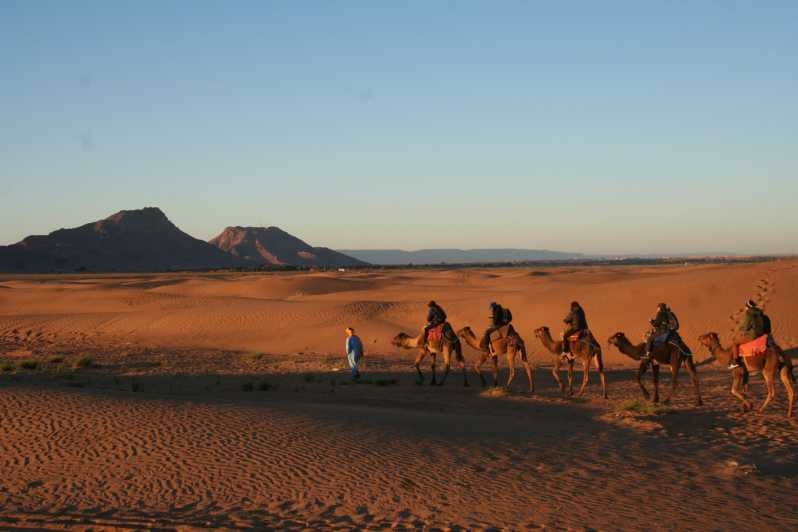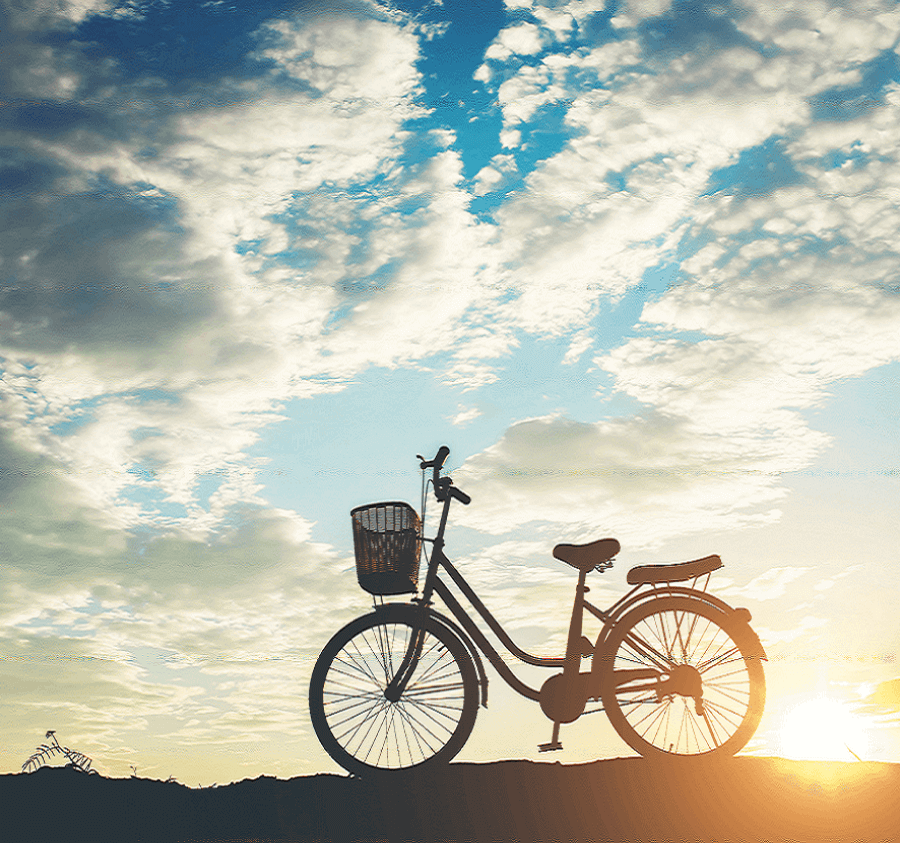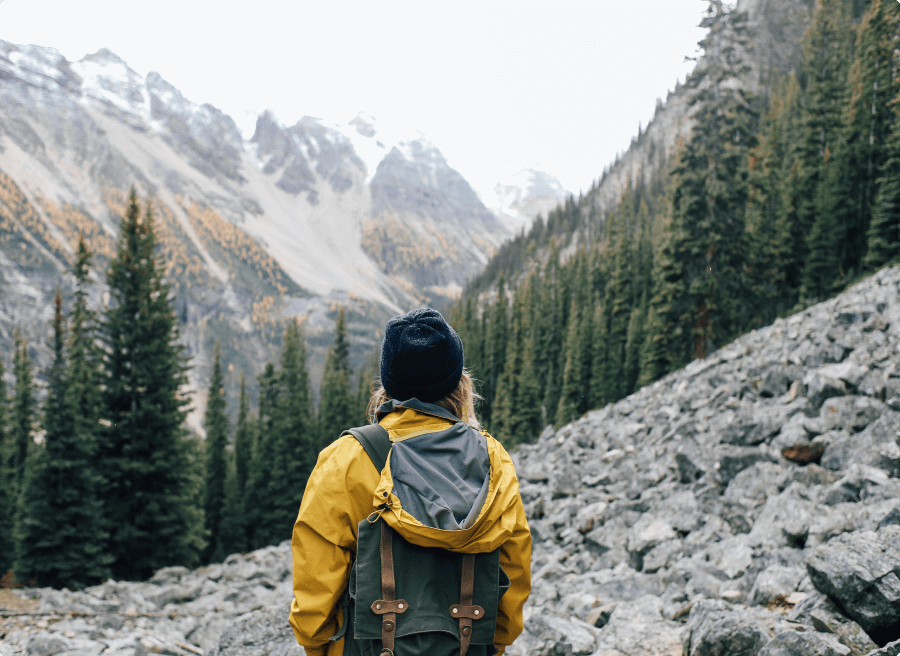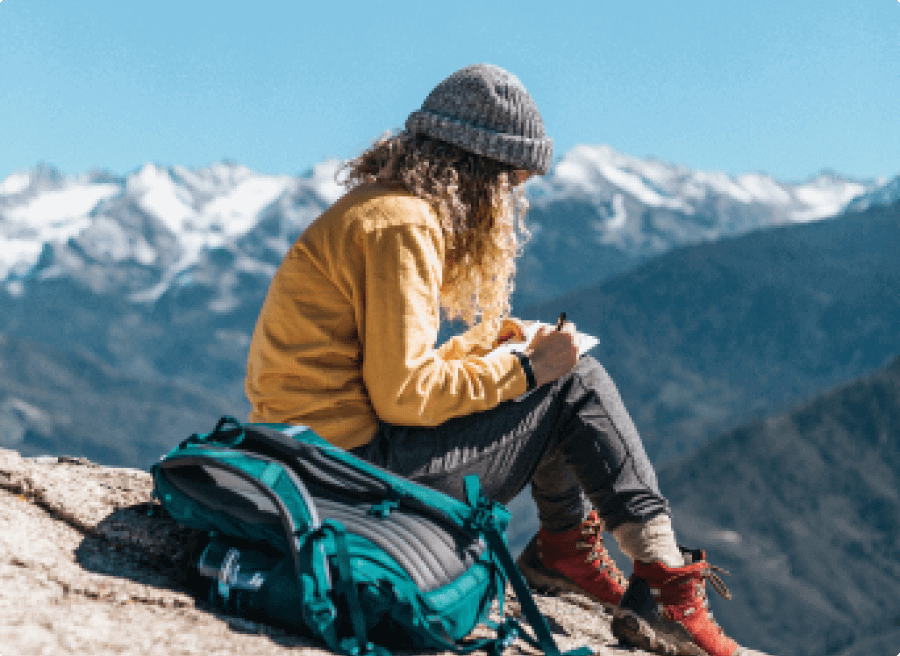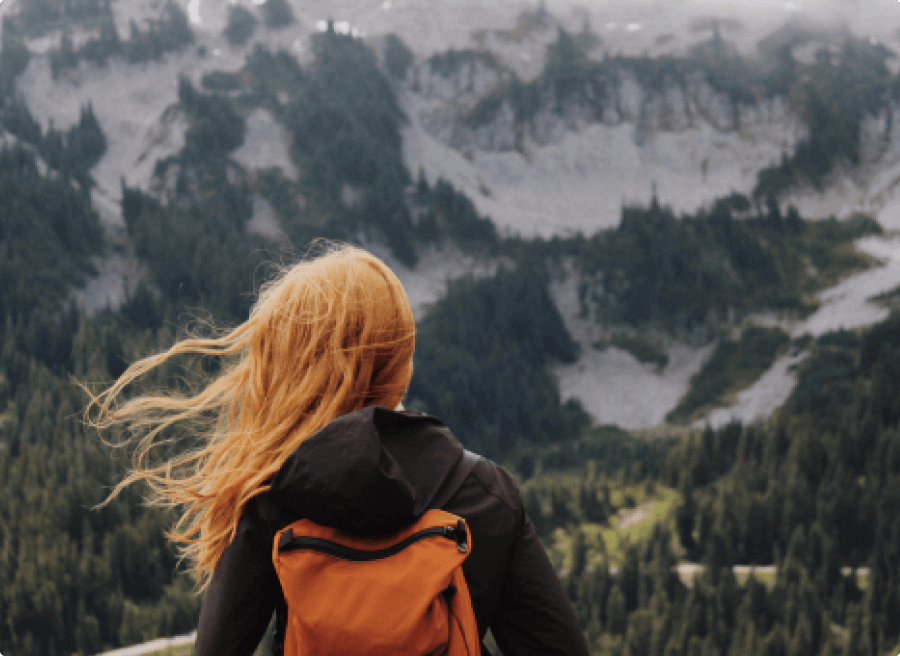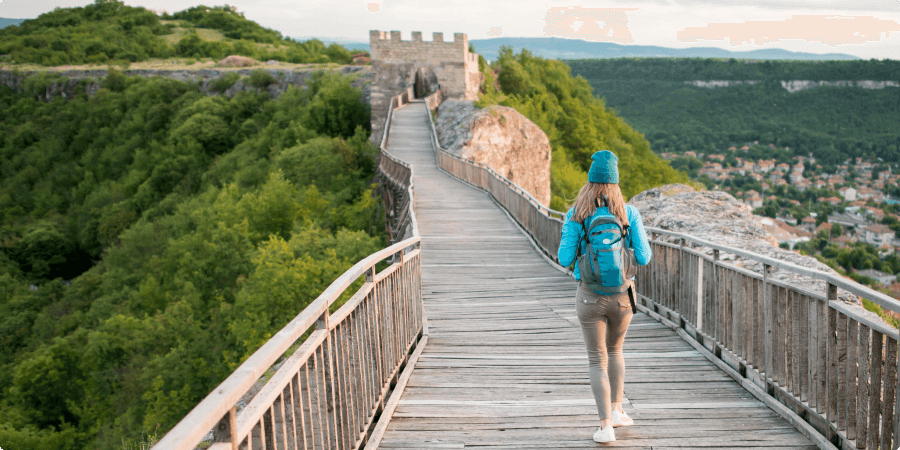Travelling to Morocco is on many people’s bucket list, and for good reason. The country is a perfectly balanced mixture of traditional allure and modern means. The clash of green landscapes with the Sahara desert attracts millions of visitors every year, looking for new and exciting adventures. Marrakech, Fes, Chefchaouen… you might have heard about those wonderful places, but much do you really know about traveling to Morocco?
Travelling to Morocco, or any new country for that matter, takes a lot of research and preparation which can get a bit overwhelming sometimes. In order to make the task a little easier for you, we gathered up these useful pieces of information that we’re sure you will definitely need.
Preparations:
When to come:
Weather in Morocco will of course be varying throughout the seasons; so if a certain type of weather will be of inconvenience to you or you have a preferred type of weather for visiting, you should check ahead of time. If you travel to Morocco during the summer or winter months, you can be sure to expect extreme weather. For a more pleasant experience, we actually recommend fall or spring not only for their mild temperature, but also because they fall outside the peak of tourist season.
If you’re planning to include a visit to the Sahara desert during your trip here, you should consider coming during the months of September and October or from February to April. Any earlier or later than runs the risk of being either too hot or too cold (during the night). Similarly, if you’re interested in visiting or going on hikes through the Atlas Mountains, keep in mind that the areas will be very cold and snowy especially towards the peaks (which makes it perfect for a cozy stay at a Riad to watch the panoramic scenes). If you like going on long walks or hikes through greenery and nature, spring will be the answer for you
Things to keep in mind:
Morocco is an Islamic country, but that doesn’t mean it won’t offer you an amazing and enriching experience once you travel here! There’s just a few cultural norms that you have to be aware of and respect, just like you would when visiting any other country in the world. This means little things like: lighter and minimal public display of affection, covering of the shoulders and knees etc. Another thing to keep in mind is that Moroccan stores, taxi drivers, food stalls etc… are typically only paid in cash, so it is best to keep cash and coins on you for that reason (only in Moroccan currency).
If you’re not on an organized tour with a Morocco travel agency, or you’re not bringing your own vehicle, you can easily catch a train from one city to another regarding big cities. However, if there’s a town you want to head to that is not reached by trains, you can simply take a taxi that Moroccans call “Grand taxi”. This type of transportation is fairly comfortable and it travels inside the city as well as from one city to another for really cheap.
Once you’re here, you’ll get to discover the beautiful Morocco!
Imperial cities:
Morocco’s imperial cities are some of its most charming attractions, being considered equivalent to medieval European cities. These cities are Marrakech, Fez, Meknes and Rabat, and they’ve each been the Kingdom’s capital at some point in time. For this exact reason, these cities each contain historical monuments and remnants from the past, making them perfect places to explore Morocco’s past and history. The monuments you will get to see when you travel to Morocco include (but are not limited to): Royal palaces (from the outside only), mosques (also from the outside only), gates, ramparts and protective walls, Old Medinas and more.
We suggest that you visit an imperial city at least once during your trip here. To enjoy the full experience, make sure you explore the streets of the old Medina, stay at a traditional Riad and maybe visit a local museum. The gates found throughout imperial cities make for perfect photo opportunities, since they portray very accurately the rich culture of the country through the intricate mosaic and works of craftsmanship.
Charming towns:
In addition to the big and imperial cities, Morocco is home to an abundance of small (or not so small) towns which you can enjoy exploring while you travel to Morocco. Places like Essaouira and Asilah are gorgeous coastal towns where you can enjoy the cool sea breeze in the Moroccan heat, while at the same time exploring lively Moroccan streets and artistic landscapes. Another example of artistic landscape is the famous Chefchaouen town, known for its vibrant blue colored streets and houses.
You can also consider visiting Ifrane, a beautiful small town located in the heart of the Middle Atlas Mountains, for its green scenery and European inspired chalets. Those are just a few examples of Moroccan towns to travel to, but there are so many more which will also offer you a genuine look at what locals’ everyday lives look like, away from the touristy crowds of big cities.
The Sahara desert:
The Sahara desert, being one of the major attractions that people come to Morocco to visit, must be on your list of things to do here. Although we’re pretty sure it already is. The best way to explore this magnificent part of Morocco is through a desert guided tour, since the terrain is so difficult to navigate for people who are not used to it. Also, when preparing to travel to Morocco and visit the desert, make sure to pack light, flowy clothing and lots of sunscreen.
There are many fun activities that you can participate in while visiting the Sahara, such as Camel trekking, sight-seeing, sandboarding, stargazing and many more. Another important part of touring the Moroccan desert is visiting neighboring towns like Khamlia, Erfoud or Rissani; as well as meeting the local desert nomads who live off of raising cattle and seasonal agriculture. These interesting people have so much to tell about their culture and their traditional way of life, that you would want to spend the entire visit just chatting with them.
